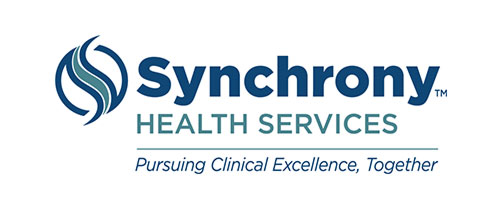Alzheimer’s disease: Insights into pathology, molecular mechanisms, and therapy
Alzheimer’s disease (AD) is the leading cause of dementia, characterized by the accumulation of amyloid plaques and neurofibrillary tangles in the brain. Genetic predispositions, aging, systemic inflammation, and lifestyle factors contribute to its development. The disease progresses over 15-20 years, from initial amyloid pathology to overt dementia. Early intervention is crucial, and biomarkers in blood are essential for early diagnosis and personalized treatment. Recent advances in biomarker research and the FDA approval of anti-Aβ monoclonal antibodies offer hope for better management and treatment.
Key Insights from the review include:
- Genetic Influence: Genetic predispositions play a significant role in AD, with rare mutations in APP, PSEN1, and PSEN2 linked to autosomal dominant AD. The APOEε4 allele is a major risk factor, increasing the risk 3-4 times with one allele and 9-15 times with two alleles. Additional genetic loci, such as TREM2 and BIN1, have been identified through WGS and GWAS.
- Risk Factors: Age remains the most significant risk factor, with 18.1% of individuals aged 65 and older affected by AD. Modifiable risk factors, including lower education levels, hypertension, hearing impairment, smoking, obesity, depression, physical inactivity, diabetes, and limited social interaction, collectively account for approximately 40% of dementia cases worldwide.
- Pathophysiology and Biomarkers: The pathophysiology of AD involves the progressive neurodegeneration from initial amyloid pathology to overt dementia over 15-20 years. Biomarkers, particularly those detectable in blood, are crucial for early diagnosis, disease monitoring, and personalized treatment. The ATN framework, based on Aβ deposition, pathological tau, and neurodegeneration, is essential for diagnosing AD.
- Therapeutic Strategies: Early intervention is critical for managing AD effectively. The recent FDA approval of anti-Aβ monoclonal antibodies represents a step forward, but their limited clinical efficacy highlights the need for more targeted pharmacological interventions. Biomarker-guided therapies targeting specific molecular pathways offer a promising avenue for improving treatment outcomes.
This review highlights the multifaceted nature of Alzheimer’s disease, emphasizing the importance of genetic predispositions, modifiable risk factors, and the progressive pathophysiology of the disease. Early intervention and the use of biomarkers for diagnosis and personalized treatment are crucial for improving patient outcomes. While recent advances in therapeutic strategies show promise, more targeted and effective interventions are needed to reduce the burden of AD. The work entitled “ Alzheimer’s disease: insights into pathology, molecular mechanisms, and therapy ” was published on Protein & Cell (published on May. 11, 2024).
Do you have news to share?
The ICAA welcomes your news submissions. Please send your press releases to colinmilner@icaa.cc-the ICAA's email for submissions-and staff will consider your news for possible publication. Newsworthy topics include such things as center/community openings; initiative or campaign launches; announcements of awards, promotions or grants; and other topics of interest to active-aging professionals.
Share






























